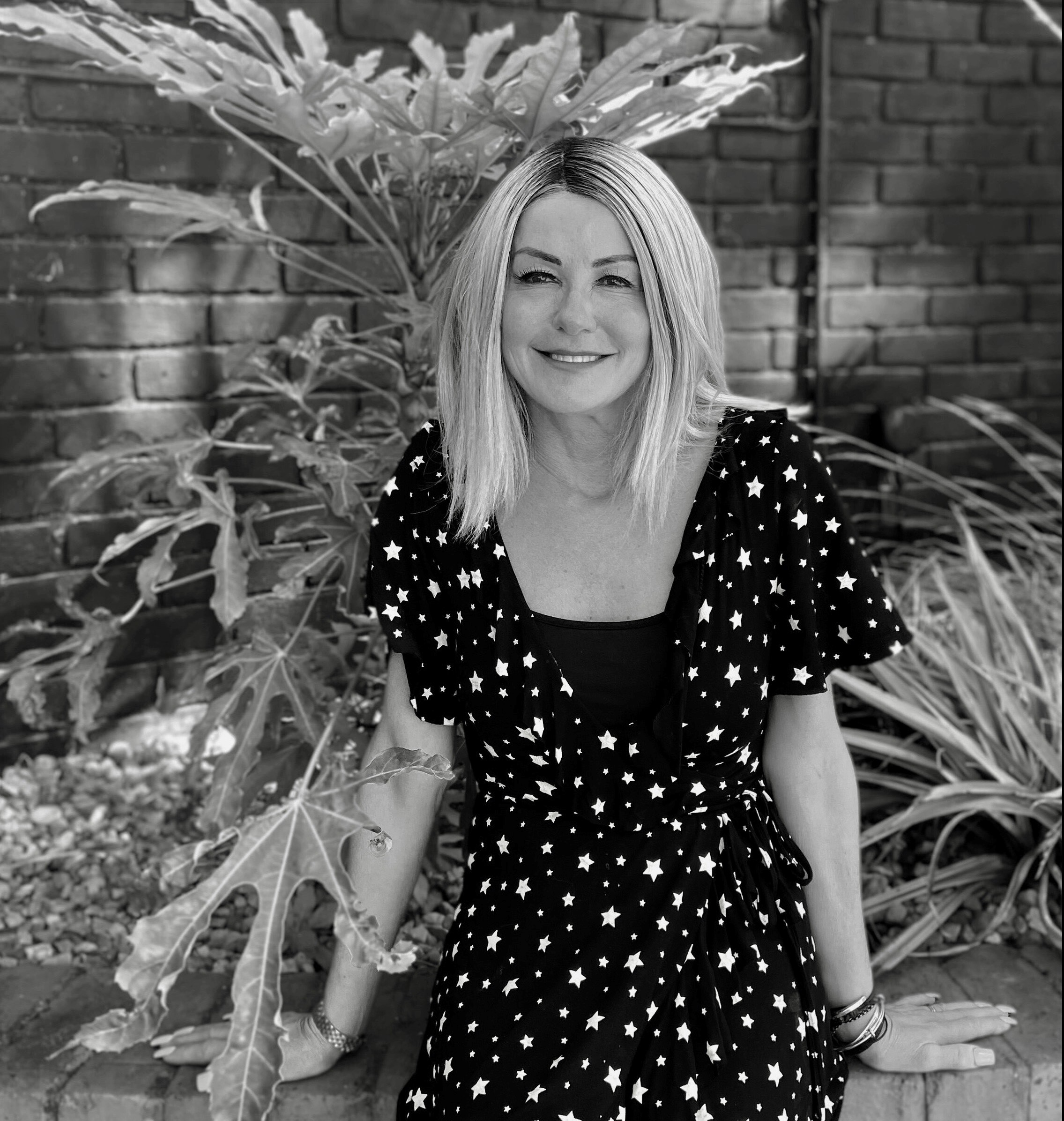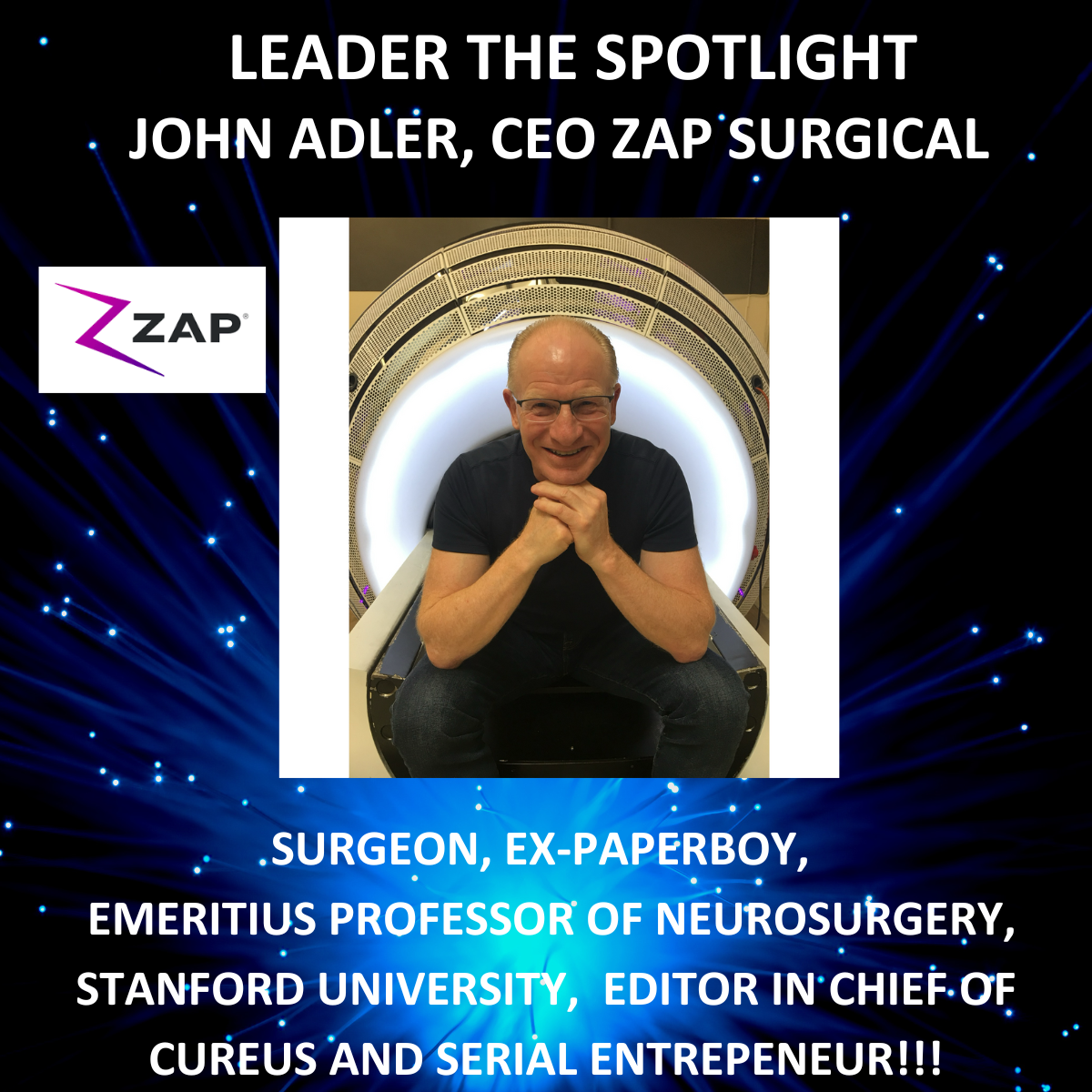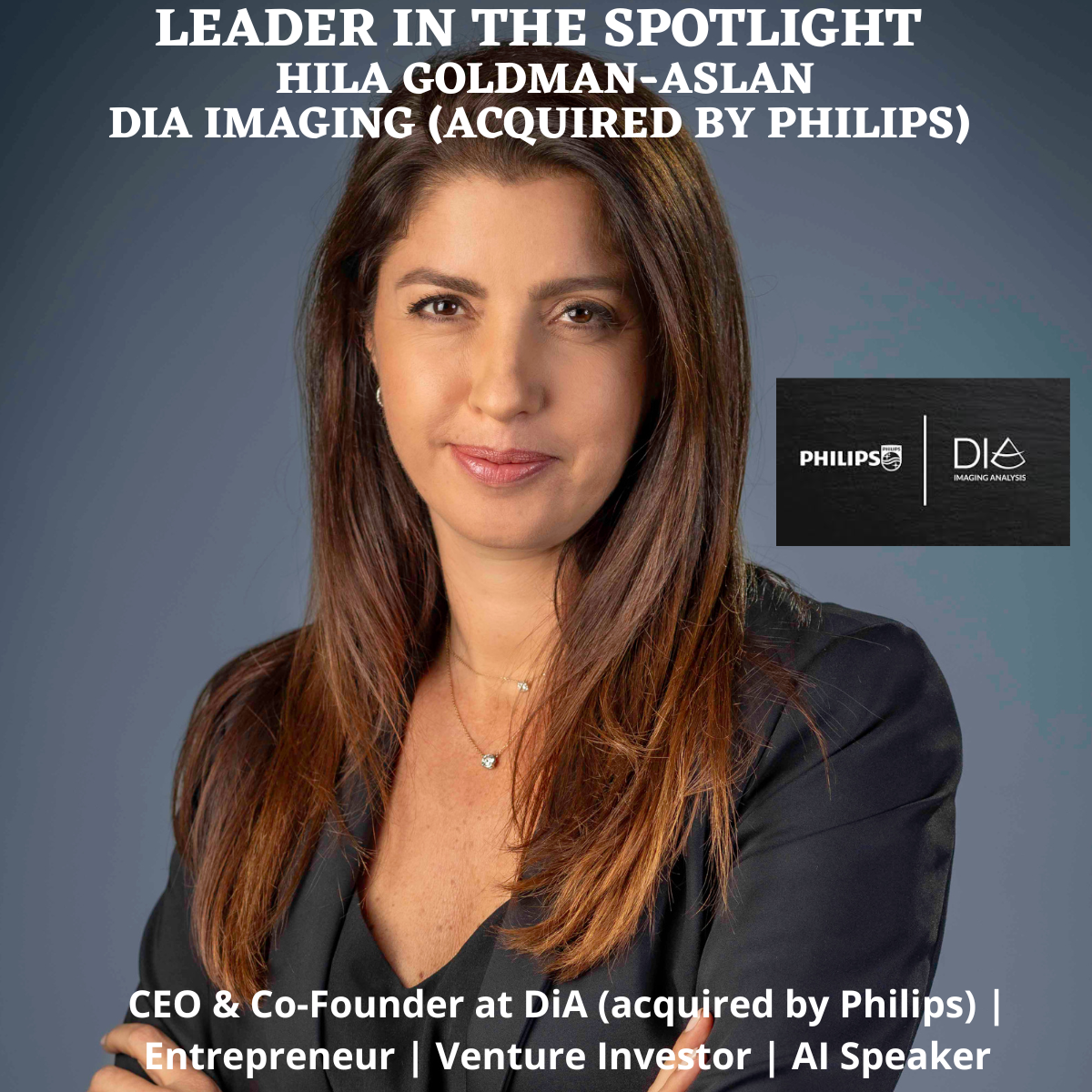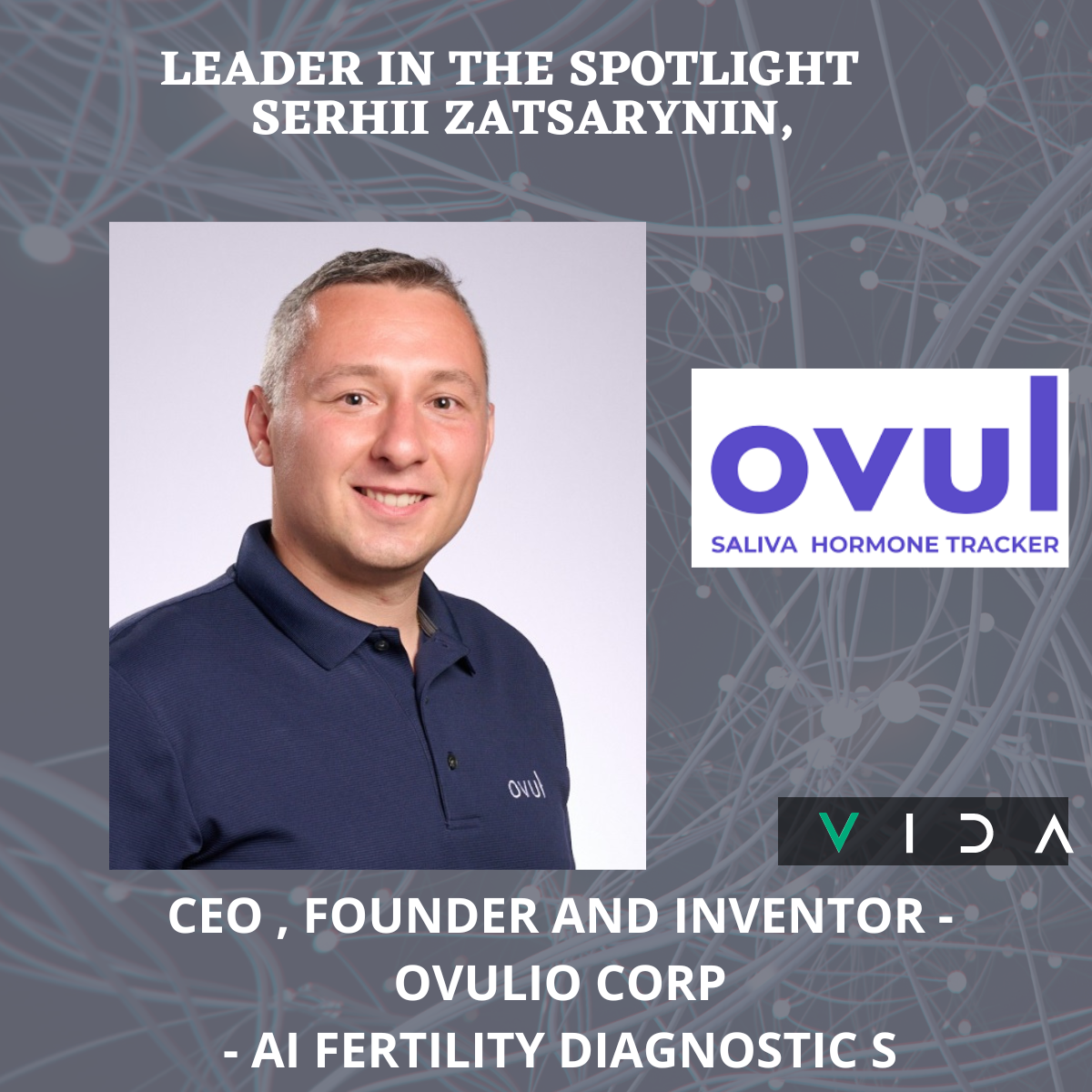
POSTED BY
Liz Moyles
This week I was lucky enough to catch up with Frederic Banegas, CTO of Mauna Kea Technologies. https://www.maunakeatech.com/en/
The company manufactures and sell Cellvizio®; a real-time in vivo cellular imaging platform which delivers in vivo cellular visualization and enables physicians to monitor the progression of disease over time, assess point-in-time reactions as they happen in real-time, classify indeterminate areas of concern, and guide surgical interventions.
Frederic (aka “Fred”) is a really great guy and has a very interesting background – you certainly can’t pigeonhole his experience. He co-founded Intrasense – a listed company delivering radiology diagnostic and oncology solutions – and has worked in Robotics at Quantum Surgical. He has dedicated his entire professional career to Interventional & Diagnostic Imaging and Surgical Robotics for cancer treatment …………… Phew !!!!
It was great to grab some time with Frederic and here is what he had to say – he is a really clear-thinking individual and it was a great point he made about work life balance.
Thanks Frederic!
Frederic, how did you end up in MedTech / BioTech and in the role you have today?
Ever since I was a little kid, I dreamed of becoming a professor of French, Greek and Latin; but then the 1980s rolled around and I discovered computers. I fell in love with them and decided to switch gears. I dove headfirst into the world of 3D computer graphics and thought that was going to be my ultimate career goal.
However, something strange happened while I was preparing to start my PhD. I didn't want to leave the sunny south of France, so I put up a fight to stay put. Eventually, I was able to come up with a PhD topic that revolved around 3D graphics, but this time in the field of medical imaging.
During my PhD, I met amazing people who inspired me and eventually we teamed up to start our own company, Intrasense, in March 2004. We lived the dream and made medical imaging even cooler than it already was (well, at least I love to think so)!
What is it that your company / team do that you find so motivating?
In the field of medical devices, two passions drive me forward: fighting cancer through medical imaging and the people behind making it happen. These passions align perfectly with Mauna Kea Technology, where I work.
Medical imaging, with its ability to extract visible and invisible information for diagnosis and prediction, its ability to guide minimally invasive tools, and its potential for education and sharing, is a powerful tool in the fight against cancer. The combination of imaging and device technology, combined with the advancements in imaging biomarkers and AI, truly leverages these possibilities. I am driven by the idea of making this combination available to help fight cancer.
But it's not just the technology that makes it all happen - it's the people. The commitment, team spirit, and solution-oriented mindset of the team at Mauna Kea Technologies is truly remarkable and it's what makes it all possible. I am passionate about creating a culture where everyone feels involved, supported and happy, and I am fortunate to be a part of such an amazing team at Mauna Kea Technologies.
What makes you want to leap out of bed on a workday and get on with matters at hand?
Waking up on a workday filled with excitement and energy to tackle the day ahead is something I am fortunate to experience on a regular basis. The reason for this is simple: the committed team that I am a part of. Knowing that there is a group of individuals who are just as passionate and dedicated as I am to moving forward and tackling new challenges is truly motivating. Being a part of such a team makes me want to leap out of bed and dive right into the day's tasks, eager to see what we can accomplish together. The sense of camaraderie and support within the team makes the workday not only productive but also enjoyable. It's a privilege to be a part of such a team and it is what drives me to be my best every day.
What differentiates your product in the market from competitors – what makes you most proud in this area?
Confocal laser microendoscopy (CLME) is a type of imaging technique that uses a laser beam to illuminate a small area of tissue and a microscope to capture the reflected light. This technique allows for high-resolution images of internal structures and can be used to diagnose and treat a variety of diseases.
One of the main differences between CLME and other imaging techniques is its ability to provide highly detailed, two or three-dimensional images of internal structures. This is achieved by using a laser beam to scan the tissue and capturing the reflected light at multiple points, creating a detailed image that can be reconstructed into a two or three-dimensional image.
Another key difference is that CLME allows for real-time imaging, which means that the images can be captured in real-time as the endoscope is being inserted into the body. This enables doctors to see the internal structures as they are being examined, making it a useful tool for clinical decision support.
CLME is also a minimally invasive procedure, which means that it does not require large incisions or general anaesthesia. This makes it a safer and more comfortable option for patients.
Lastly, CLME can be used to support treatment of a variety of diseases such as cancer, inflammatory bowel disease and other gastrointestinal diseases, and can be used in the various parts of the body such as the lungs, urinary tract, and female reproductive organs.
What opportunities do you see out there in the medical devices world to be more innovative in offering patients and surgeons / clinicians a more joined solution?
There are many opportunities in the medical device world to be more innovative in offering patients, surgeons, and clinicians a more joined-up solution to fight diseases. Some of the key areas where innovation is needed include:
- Combining multiple technologies: By combining multiple technologies – such as imaging, robotics, and artificial intelligence – medical devices can be made more sophisticated and accurate in diagnosing and treating diseases.
- Wearable and implantable devices: With the advancement of technology, miniaturization of electronic devices and the integration of sensors, it is possible to develop wearable and implantable devices that can continuously monitor the patient's health and provide real-time data to the clinician.
- Telemedicine: With the increasing use of technology in healthcare, telemedicine can be used to remotely connect patients with their healthcare providers, allowing for remote monitoring, consultation and treatment.
- Personalized medicine: Advances in genomics and big data analytics make it possible to create personalized medicine solutions. By analyzing an individual's genetic makeup, medical devices can be tailored to suit their specific needs and provide more effective treatment.
- Interoperability: Interoperability of devices and systems can improve the ability to share data and information across different platforms. This allows for better collaboration and coordination between different healthcare providers, and more effective treatment for patients.
- Additive Manufacturing: 3D printing technology is making it possible to produce complex and customized medical devices. This can help to reduce costs and create more opportunities for innovation.
- Advanced materials: As the knowledge of materials and their properties increase, new materials and composites are being developed to improve the performance, safety and efficiency of medical devices.
In summary, the medical device industry has many opportunities to innovate and offer patients, surgeons and clinicians more joined-up solutions to fight diseases by combining multiple technologies, developing wearable and implantable devices, utilizing telemedicine, personalizing medicine, improving interoperability, leveraging additive manufacturing, and exploring advanced materials.
If you had found a time capsule from the future – it’s from 2033 – what do you think our market would look like/ what might be different for patients / surgeons?
If I were to come across a time capsule from the future, specifically from 2033, I would expect to see significant advancements in the medical market:
- There will be a greater emphasis on precision medicine, which uses genetic and molecular profiling to tailor treatments to the individual patient. This will result in more personalized and effective treatments for patients, and better outcomes for surgeons.
- The integration of Artificial Intelligence (AI) and machine learning will become more prevalent in medical devices and diagnostic tools, leading to broader, faster and more accurate diagnoses. This will ultimately improve patient outcomes and streamline the surgical process.
- Telemedicine and remote monitoring will become more widely adopted and integrated into the healthcare system. This will allow patients in remote or underserved areas to access medical expertise and treatments and will provide surgeons with more comprehensive data to inform their decisions.
- Development of new materials and technologies will lead to the creation of more advanced and sophisticated medical devices, such as implantable devices that can monitor and treat diseases at the cellular level.
Overall, I believe that the future of the medical market in 2033 will be characterized by greater precision and improved access to medical expertise and treatments for patients and surgeons alike.
What advice would you give to someone who's looking to enter this space?
If you're someone who's looking to enter the world of medical device development, I would advise you to focus on a few key areas.
- Understand that the goal of medical device development is to save lives and improve the quality of life for patients. Keep this at the forefront of your mind as you work on new technologies, and always consider the potential impact of your work on patients.
- Stay up to date with the latest developments and trends in the field. This includes staying informed about new technologies and materials, as well as understanding the regulatory landscape and the approval process for new medical devices.
- Develop a strong team spirit and effective teamwork. Medical device development is a complex and multi-disciplinary field and you will need to collaborate with other experts in order to bring new products to market. You will always be amazed about how a good team can perform and how it can make you evolving as well! Remember: team is the essence.
- Enjoy the work you are doing! Medical device development can be challenging, but it is also incredibly rewarding. The opportunity to develop new technologies that can save lives and improve the quality of life for patients is a unique and fulfilling experience.
- For fresh grads, I would recommend pursuing internships and co-op opportunities to gain hands-on experience in the field and network with professionals in the industry.
- For someone looking to transition their career, I would recommend taking relevant courses and certifications to update your skills and knowledge, networking with professionals in the industry, and gaining experience through volunteer work or internships.
In any case, be passionate and willing to learn and adapt. The medical device field is constantly evolving and changing, so it's important to be evolve throughout your career.
Do you have any final thoughts / comments you’d like to make?
When it comes to success, both personally and professionally, remember that it's not all about work. Maintaining a healthy balance between your career and your personal life is key to achieving true fulfilment.
For me, family and friends are an essential part of life. They provide love, support, and a sense of belonging that is essential.
In addition to family and friends, make time for hobbies and passions. Whether it's reading, painting, playing an instrument, or engaging in a sport; having rewarding activities to pursue outside of work is vital for mental and emotional wellness.
And last but not least, thinking about our planet is crucial to move forward. Being mindful of the impact we have on the environment and taking steps to reduce our carbon footprint is not only important for the health of the planet, but also for our own health and well-being.
In summary, success is not just about work: balance your career with your personal life, and that includes nurturing relationships with family and friends, pursuing hobbies and passions, and being mindful of our impact on the planet. When all these elements are in harmony, you will find true fulfilment and be able to move forward in a positive and enthusiastic way.
Finally, what song would get you jigging on the dance floor?
Easy! Ain’t No Stoppin’ Us Now, by McFadden and Whitehead. So smooth and classy – just can’t resist!



